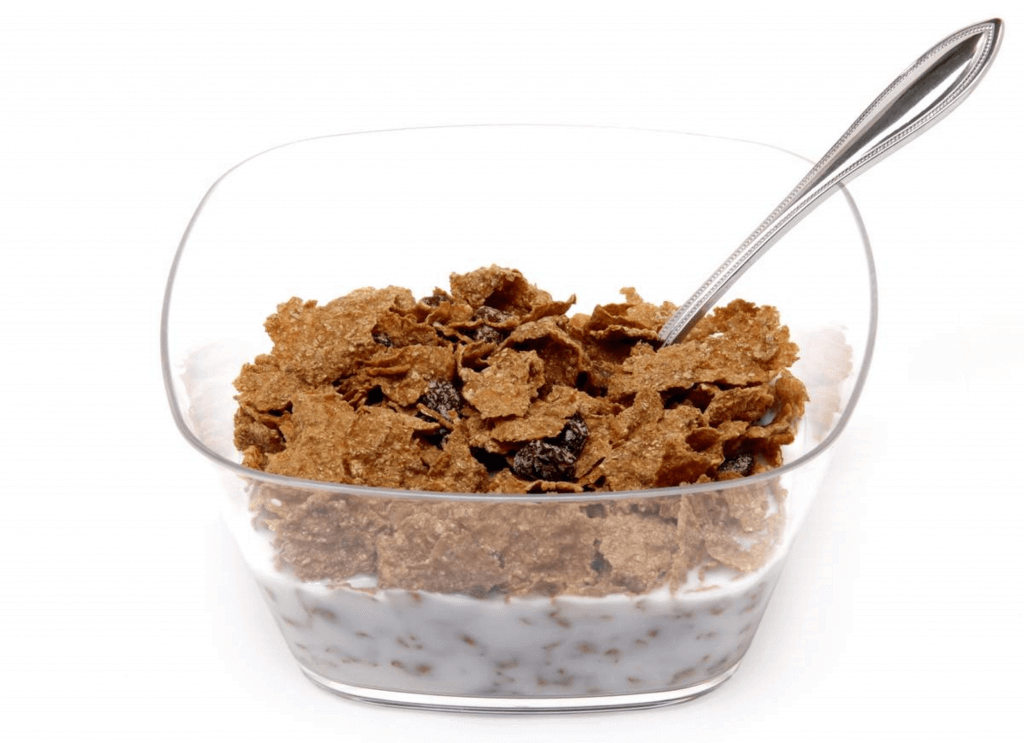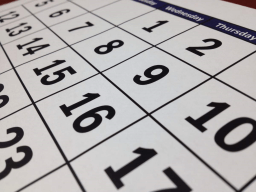National Cereal Day
National Cereal Day is observed next on Saturday, March 7th, 2026 (162 days from today).

Breakfast cereals are usually made from wheat, corn, oats, etc. According to nutritionists, cereals are good for health because the main ingredient is glucose. This is one of the four essential food groups, most recommended for use in the nutrition pyramid. Breakfast cereals were invented because of the religious beliefs of the diet. In the US, breakfast cereals are an integral part of every home. And surely everyone will become excited when cereals have a special day in the calendar, which is March 7 every year. National Cereal Day is celebrated to recognize the influence they have on the daily lives of Americans.
The origin of Cereals
During the Civil War, many Americans suffered from digestive disorders, or indigestion. There is even the possibility of being caused by a high protein diet. Symptoms include: upper abdominal pain and bloating. At that time, doctors said the American people needed to be taught better eating habits. They have established organizations called Sanitarium to emphasize a more active diet and lifestyle.
1820 – 1830: The health movement was supported by American missionary pastor Sylvester Graham. Advanced fasting to control libido promotes. He believes that a diet of meat, fat and white flour leads to excessive sex drive. Leads to other diseases such as epilepsy, indigestion, headache, confusion. Graham crackers become the solution, because it made with whole wheat flour. He founded the Graham Sanitarium and made a cereal flour by himself. The name of this food is called graham powder. Thus, graham bars were invented in 1829.
1863: Nutritionist James Caleb Jackson, founder of the "Our Home on the Hillside" Sanitarium (later renamed Jackson Sanatorium) in Dansville, New York. He was one of the first to create a breakfast cereal that mix water with grains to that had to be soaked in milk overnight to be delicious. He invented the first ready-to-eat dry breakfast cereal and called it "Granula". The recipe is simple: graham flour mixed with water, baked, ground into pieces and baked again. Hard blocks like bricks are only edible after soaking in milk or water for at least twenty minutes. This is considered the first cold breakfast cereal.
Influenced by Graham, the Seventh - day Adventist, an organization of Christians who also believe in vegetarianism, founded the Western Reformed Medical Institute in Battle Creek, Michigan, in the 1860s. There, Dr. Doctor John Harvey Kellogg invented a variety of nutritious grain products that can replace meat.
Cereal History Periods
In 1866:
Ellen White founded the Western Health Reform Institute (later renamed the Battle Creek Sanitarium) in Battle Creek, Michigan. At this place, she paired up with John Harvey Kellogg. A medical doctor, nutritionist, inventor, health activist and entrepreneur to find ways to diversify instant cereals.
In 1877:
John Harvey Kellogg, then chief executive officer of the Battle Creek Sanitarium in Battle Creek, Michigan, created his own version of wheat breakfast cereal and started giving it to patients. He called him "granula", Dr. Jackson sued him, he changed his name to Granola... During this time, the names granula and granola were both trademarked for foods consisting of whole grains that were crumbled and baked until cooked smoothly and slightly sweet in taste.
Health consciousness continued, and in 1876, Adventists took over Graham's health sanitarium, emphasizing whole grains at Battle Creek Michigan. Dr. John Harvey Kellogg became director and he baked a wheat breakfast cereal, calling it "granola".
By 1889:
Dr. Kellogg was selling two tons of granola a week. Six years later, the brothers invented a more palatable tortilla substitute.
In 1897:
Charles Post, a former patient (1891) and competitor, Dr. John Harvey Kellogg, invented a breakfast cereal called Grape-Nuts.
In 1896:
John Kellogg and his brother Will Keith Kellogg came up with the first "flake" cereal called "Granose Flakes". Kellogg and his younger brother, Will Keith Kellogg got an idea for this corn flakes began by accident, by left behind some cooked wheat while they attended to some pressing matter at the sanitarium.
When they returned, they found that the wheat was stale, but on a tight budget, they decided to continue processing it by passing it through rollers, hoping to get long pieces of dough. To their surprise, those were slender shapes. They then bake it and serve it to their patients. This event occurred on August 8, 1894, and on May 31, 1895, the patent for "Flaked Cereals and Process of Preparing Same" was filed and on April 14, 1896, the patent granted. Will continued founded the Flake Corn Company Flake Battle Creek, the forerunner of the Kellogg Company with many of today's famous cereals.
December 1901 and Alexander Pierce Anderson came up with an idea. Cornmeal grains store a very small amount of water in their central nucleus was wanted to show by the botanist.
After months of experimentation, Anderson realized that a small explosion could produce the results he was looking for. He added starch to the glass tubes, sealed them, and placed the airtight containers in the oven. He took the pipe that was still hot and smashed it with a hammer! The starch granules turn into a fluffy, white substance. The pressure in the tube increases with temperature, the tightness of the tube does not allow the water in the starch to boil. When the tube cracks, the pressure drops and the water in the starch immediately evaporates and expands. This causes the cornmeal to swell.
1902: Anderson conducts many experiments to inflate rice, wheat, other starches and grains. The botanist knew that the evidence was already in excess of what was needed to support his hypothesis; Anderson's invention presented an opportunity to expand the growing market for cold breakfast cereals.
As cereal usage increased in many American homes, Anderson believed his invention had commercial potential. In 1902, with "a method of drying starchy materials to make them spongy, thereby enhancing their nutritional value and making them easier to digest in a more complete way”, he received US Patent 707,892. The following year, he signed a partnership agreement with the Quaker Oats company, began marketing Puffed Rice and Puffed Wheat as a breakthrough in food science, calling them the first food fired from a gun and the "eighth wonder of the world".
History of National Cereal Day
The origin and founder of National Cereal Day is still being sought. There are no records of the true origin of National Cereal Day. However, it is believed that one of the lovers of this cereal breakfast or one of botanists initiated the day to recognize them.
Observing National Cereal Day
On National Cereal Day, there's nothing better than sitting next to a bowl of cereal for breakfast, lunch and dinner. Enjoy cereals with different flavors. In addition, you can use cereal to create your own dishes, like when people use cereal to make cakes and sweets. Either way, share your National Cereal day with everyone with the hashtag #NationalCerealDay.
Observed
National Cereal Day has been observed annually on March 7th.Dates
Thursday, March 7th, 2024
Friday, March 7th, 2025
Saturday, March 7th, 2026
Sunday, March 7th, 2027
Tuesday, March 7th, 2028


